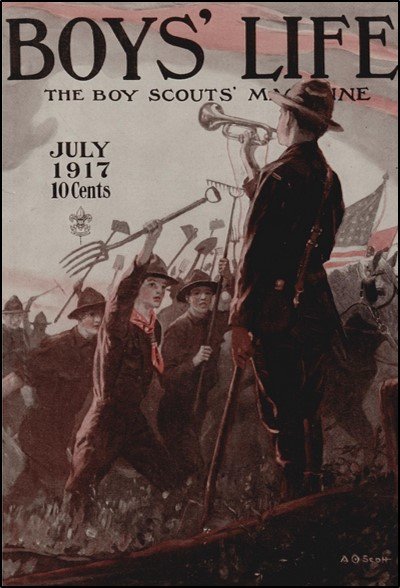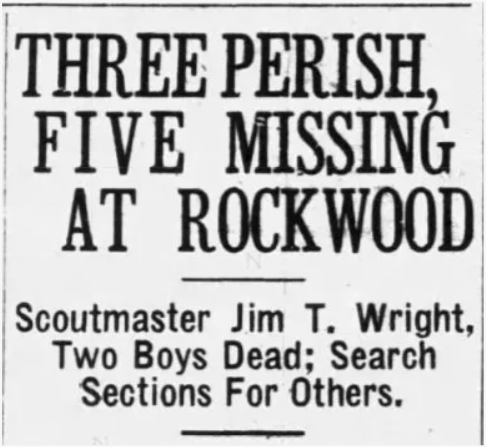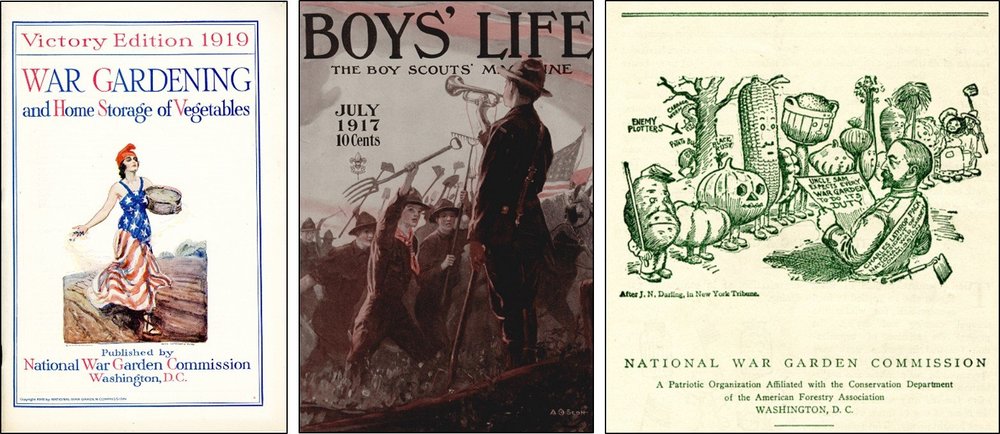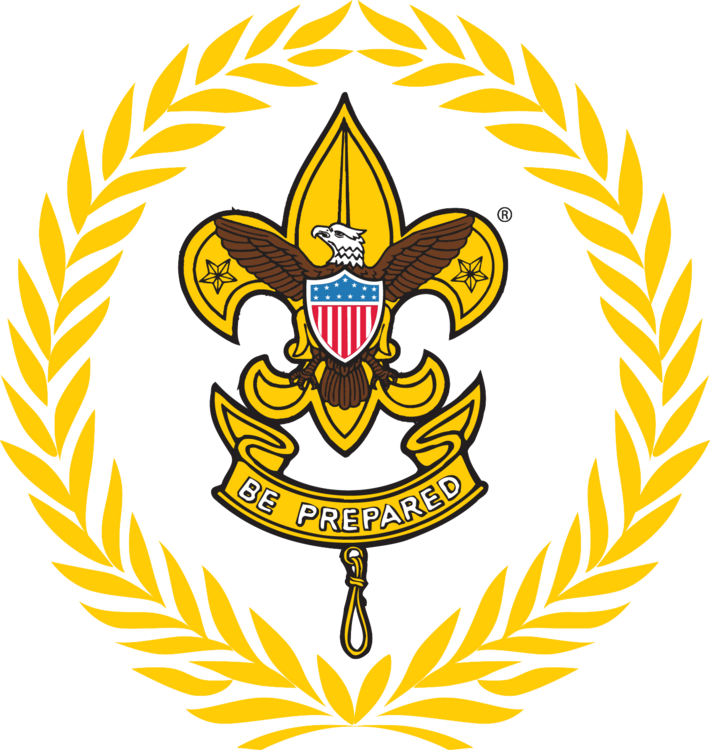-
Posts
45 -
Joined
-
Last visited
Content Type
Profiles
Forums
Articles
Store
Everything posted by rayezell_2000
-
This year marks the 91st anniversary of the flash flood that drowned eight members of Boy Scout Troop No. 45 (including their scoutmaster) while they were on a camping trip along the banks of White Creek in northern Rhea County, Tennessee. This location, for two years previously, had been the site of the truncated Cumberland Boy Scout Council’s summer camp facilities. However in the handful of weeks prior to this calamity, the Cumberland Council had formally dissolved its organization and the executive had resigned his position....read how the tragic event unfolded here.
-
In late 2019, the Board of the Stonewall Jackson Area Council (SJAC) chose to abandon the name of their council that had been a powerful banner to Scouting in central Virginia since 1927. Now in light of this transition (either welcomed or not by current scouters, boosters, and onlookers), I think it appropriate to ....read here
-
The original establishment of Boy Scouting in Knoxville dates to October 1909, predating (by four months) the official incorporation of the BSA in February 1910. Local leaders of the Knoxville (Central) Young Men’s Christian Association (YMCA) are credited with organizing the first Boy Scout troop in the city. It was not unheard of for American scout units to be formed in the months or even years before Scouting was officially born in the United States by requesting organizational materials (i.e. the Scouting handbook, unit charter) directly from the headquarters of British Boy Scouting in London, England. ... William Perry “Buck” Toms, Earl C. “Pocket” Ford, and E. Warren Dance were the men who established that first Knoxville Boy Scout troop in late 1909. Earl Ford was the YMCA assistant physical director, and Toms, who would later serve as the Commissioner of the Knoxville Council, was the director of the YMCA and its president from 1911-1914. Troop No. 1 was also referred to as... For more details on the development of Scouting Knoxville Read Here...
-
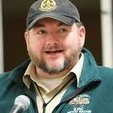
Stonewall Jackson Area Council Changes Name
rayezell_2000 replied to RememberSchiff's topic in Issues & Politics
Here's what the locals said of naming the council in 1927...https://www.scouter.com/applications/core/interface/file/attachment.php?id=1000 -

Stonewall Jackson Area Council Changes Name
rayezell_2000 replied to RememberSchiff's topic in Issues & Politics
It looks like there is a bit of straying from the discussion of the now defunct SJAC. I've appended a 1927 newspaper article (Staunton, Va--SJAC headquarters) which provides some needed context for this discussion. The_News_Leader__Staunton__Virginia_12_Jan_1927__WedPage_6.pdf -
Probably one of the most unique acts of patriotic service attempted by Boy Scouts in Virginia during World War I was the relocation of approximately 1000 scouts in June 1917 to two counties on Virginia's Eastern Shore to harvest 3 to 4 million barrels of potatoes from their fields. Keep Reading Here...
-

Orange Boy Scouts Winning the Great War (1917-1918)
rayezell_2000 replied to rayezell_2000's topic in Scouting History
@RememberSchiff nice photo of the scout troop you posted in your reply...funny you picked that one because I'm planning an upcoming blog essay on early Boy Scout bands and drum/bugle corps in Virginia in the near future.... -

Orange Boy Scouts Winning the Great War (1917-1918)
rayezell_2000 posted a topic in Scouting History
During the United States’ involvement in the Great War (World War I) from 1917-1918, Boy Scouts fulfilled a variety of vital service functions deemed important by the Federal government (and even some local and state governments). These included: serving as lookouts along US coastlines; locating unlawful radio stations; providing assistance during the flu epidemic of 1918; conducting a nationwide census of and planting Black Walnut trees; collecting peach pits for use in the manufacture of gas masks; planting of War Gardens and War Farms; selling subscriptions to the five loan campaigns during the War (the fifth campaign was initiated after the Armistice and sold Victory Bonds) for a total of nearly $355 million; selling subscriptions for War Savings Stamps (WSS) which totaled $52 million; and serving as official government dispatch bearers (BSA 1941). Boy Scouts in Orange Troop No. 1 (now known as Troop 14) participated in several of these initiatives. Read More at my blog here... What Boy Scout WWI support activities took place in your hometowns?? -
Over the past few months I've posted essays about regional Scouting history and have gotten away from historical accounts of Orange Troop No. 1. I am taking this opportunity to return to Orange Troop No. 1 material, focusing on two long term encampments outside of the Town of Orange, Virginia in the two years following the Troop's formation in 1915. Keep Reading Here...
-
Boy Scout Camp Shenandoah, in it’s most recent iteration (and location since 1950), presently consists of 456 acres near Swoope in Augusta County on the eastern slopes of Virginia’s Appalachian Plateau. This site is the permanent location of the Scout camp for the Stonewall Jackson Area Council. However, few realize that “Camp Shenandoah” has been serving the youth of the region many more years and has a much deeper and richer history that extends back to the early part of the twentieth century. This essay will explore the first renditions of Camp Shenandoah at its original location at Island Ford, Virginia, before it’s ownership by the Stonewall Jackson (Area) Boy Scout council, and how it became synonymous with serving the recreational needs of the youth of the Shenandoah Valley and beyond. read more here
-
- virginia
- camp shenandoah
-
(and 2 more)
Tagged with:
-
Beginning in February 1927, Charles E. Wood, Special Deputy Regional Scout Executive of the Boy Scouts of America (BSA), along with the Charlottesville Rotary Club led the effort to establish the Lewis and Clark Area Boy Scout Council #599 in Albemarle and the adjacent counties. Continue Reading Here...
-

First Female Scoutmaster in Virginia in 1911..?
rayezell_2000 replied to rayezell_2000's topic in Scouting History
I seem to remember a few vague references in Rowan's biography of James West that suggested that women were explicitly barred from SM service, but the allusions were not clear (at least to me). Seems that Rowan was basing the supposition on the force of West's personality (which was formidable). During the first formative years of the movement, it was more akin to the wild west with much less structure and a real divergence of means and methods only loosly controlled by the HQ in New York. So the occurence of de facto female SMs shouldn't be too surprising, and may be much more frequent that most expect. I do have from this same city a much more definitive example of a female who served for many years as an "official" ASM and for 1 year as official SM. she made such an impact on the unit, that they presented her with an engraved medal commemorating her leadership of the unit. Trying to track down a photo of the medal if it still exists in the family...unfortunately she died without children. I found it interesting that the commissioner was responsible for vetting (in a real way) any potential SMs. I have contacted the Scouting Museum to try and locate a copy of an early SM application for commission, but they dont apparently have one in their archives. It would be interesting to see the exact wording that the form employs. -

First Female Scoutmaster in Virginia in 1911..?
rayezell_2000 replied to rayezell_2000's topic in Scouting History
that's great, thanks... -
The April 14, 1911 edition of the Staunton Dispatch-News (Staunton, Virginia) ascribed a unique status onto a local young woman by the name of Josephine B. Timberlake. Ms. Timberlake was heralded as the organizer of the first Scout troop in the city and noted as the first (and only) female troop organizer in the Commonwealth of Virginia and possibly the nation. Keep Reading Here... Are there other examples of female Scoutmasters or Assistant Scoutmasters from the first decade of American Scouting?
-
Looking for a list of early Eagle Scouts by city and/or state. Only need about the first 50 Eagles...anyone know if this is accessible?
-
thanks very much...
-
In the mid-1960s in Orange, Virginia, public facilities and social activities were separated by color. Black children and teens were commonly excluded from the same amenities that whites freely enjoyed access to. In the realm of recreation, black children had to adapt and be creative to enjoy many of the same sports as whites. For instance, a cow pasture became a baseball field or an empty street with a home-made hoop on a pole became a basketball court. However a unifying presence in the lives of blacks in Orange was the Church. The Church provided organization and opportunity that general society did not. This was the era of Vietnam, Civil Rights, and separation in education. Traditional black sections in and around the Town of Orange were; Little Petersburg, Little Zion, Church Street, and Lindsey Drive among others. In what certainly was a reaction to the prevailing social conditions, a group of thoughtful black community members decided in the fall of 1967 to organize Orange County’s only black Boy Scout troop (Troop No. 111). continue reading this essay at: https://historyofscoutinginorange.wordpress.com/2019/02/05/at-the-end-of-the-segregation-era-a-black-boy-scout-troop-in-orange-virginia/
-
- 3
-

-
- african-american
- virginia
-
(and 1 more)
Tagged with:
-
When Orange Boy Scout Troop No. 1 Invaded the Lincoln Memorial I recently came across an interesting mention of Orange Boy Scout Troop No. 1 (now Troop 14) in a copy of the Marine Corps Gazette magazine (Vol X, No.3, Dec. 1925:192-193) that mentioned an otherwise unknown (at least to me) encampment of Orange Boy Scouts. The article describes Marine Corps Boy Scout summer camps and provides details from when Troop 1 from Orange, Va. attended the camp from August 29 to September 6, 1925. ...read more
-
- 1
-

-
- quantico
- orange troop 1
-
(and 1 more)
Tagged with:
-
Perfected Under his Leadership–Scoutmaster Rev. Frank C. Riley The second (and maybe most renown) Scoutmaster of Orange Troop No. 1 was Rev. Frank C. Riley. Riley was born September 27, 1888 in Baltimore, Maryland and graduated from Crozer Baptist Theological Seminary (B. Div.) in Chester, Pennsylvania, and from the University of Pennsylvania (M.A.), both in 1915. He received a Bachelor of Arts degree from Richmond College (University of Richmond). He was ordained in September 1913 at Lee Street Church in Baltimore, and this congregation previously granted him a “License to Preach” in 1908 (Anonymous 1918; Riley 1995). He was an acclaimed football player while at Richmond College and his other educational stops (Maxwell 1922; Riley 1995). In 1913, Riley taught advanced Greek at McGuires University School in Richmond (Riley 1995). Riley was called as the pastor of Orange Baptist Church on November 14, 1915, and served there until late 1930 (with a year’s leave of absence during World War I from 1918-1919) (McColley 1987; Riley 1995). Read more at: https://historyofscoutinginorange.wordpress.com/2019/01/25/perfected-under-his-leadership-scoutmaster-rev-frank-c-riley/
-
Explore one of the BSA's earliest Scoutmaster training courses offered thru the University of Virginia Summer School beginning in 1913 at: https://historyofscoutinginorange.wordpress.com/2018/12/31/scout-mastership-at-the-university-of-virginia/ excerpt..."The September 1998 issue of Scouting magazine reports that from the early years of Scouting educators took an interest in the Scouting movement, seeing it as a useful adjunct to classroom education. Recognizing the need for proper training, universities began offering summer and evening courses for Scoutmasters. Beginning in 1913, Cornell and Columbia universities along … " (read more at the link above)
- 1 reply
-
- 1
-


